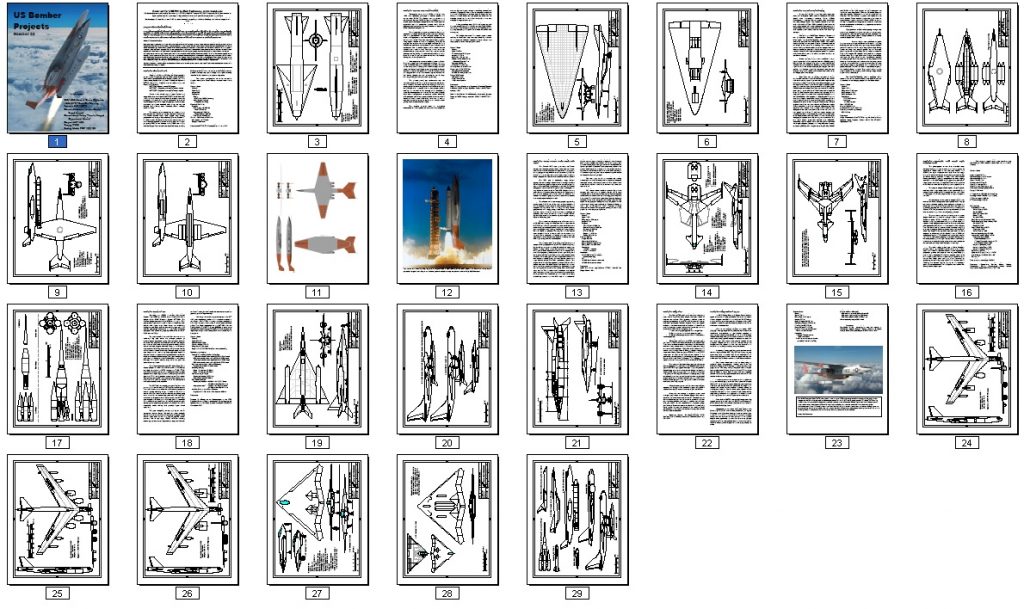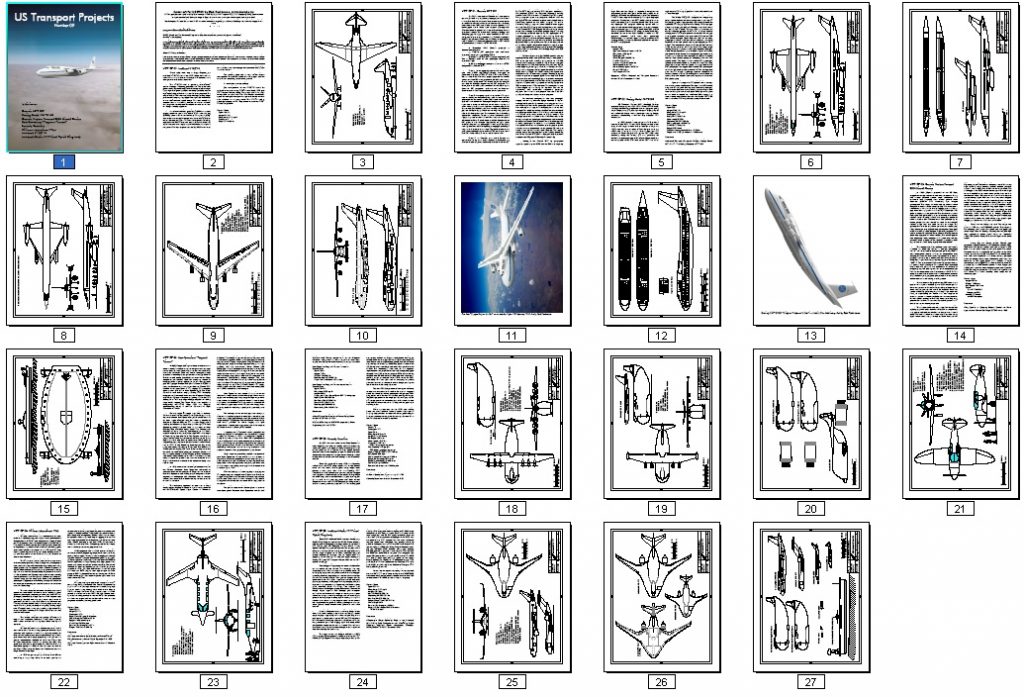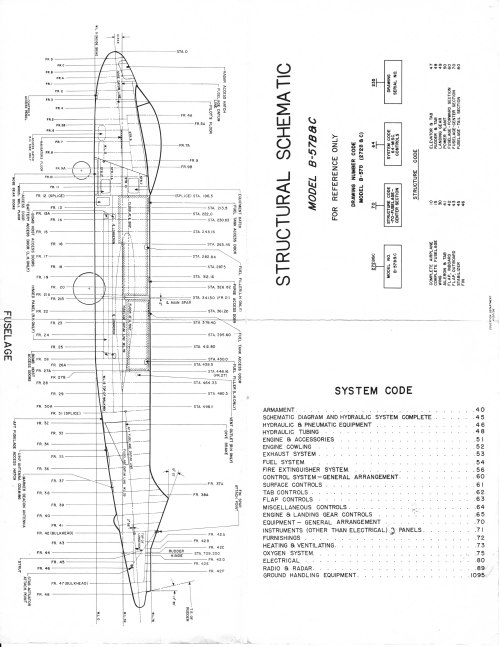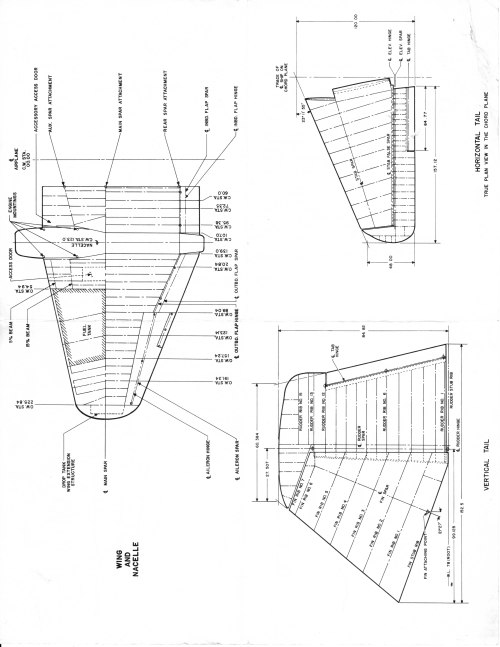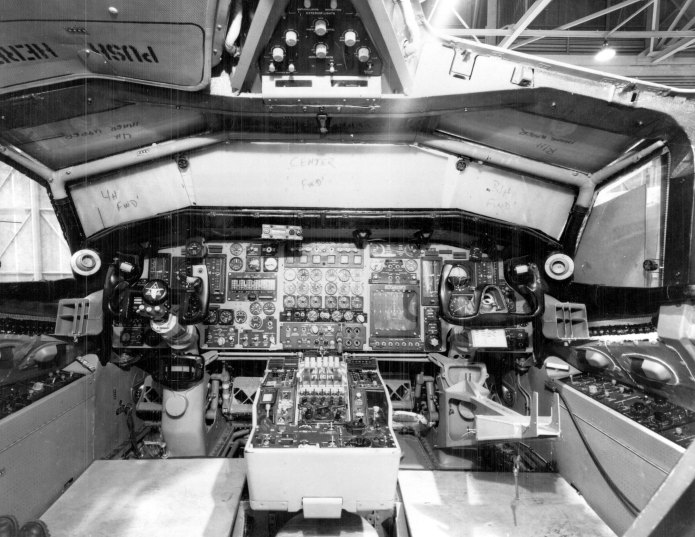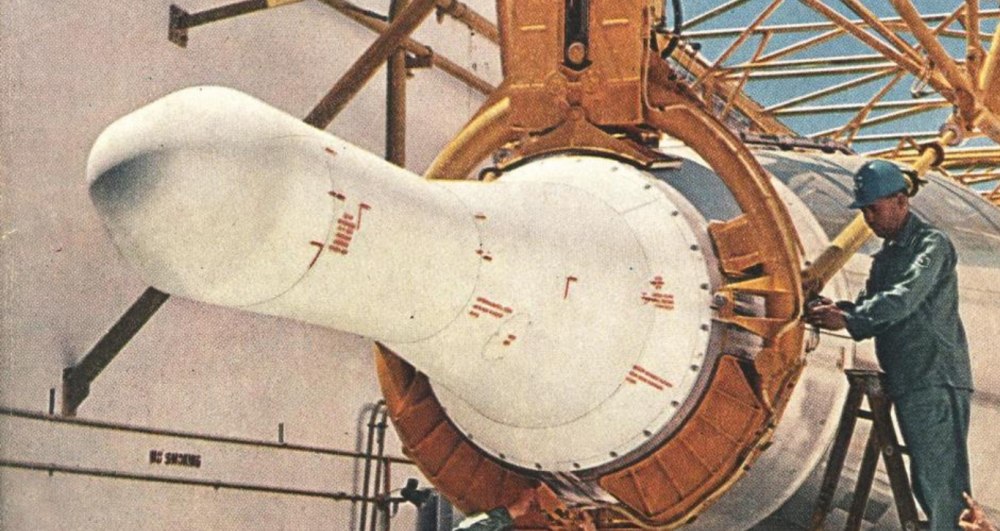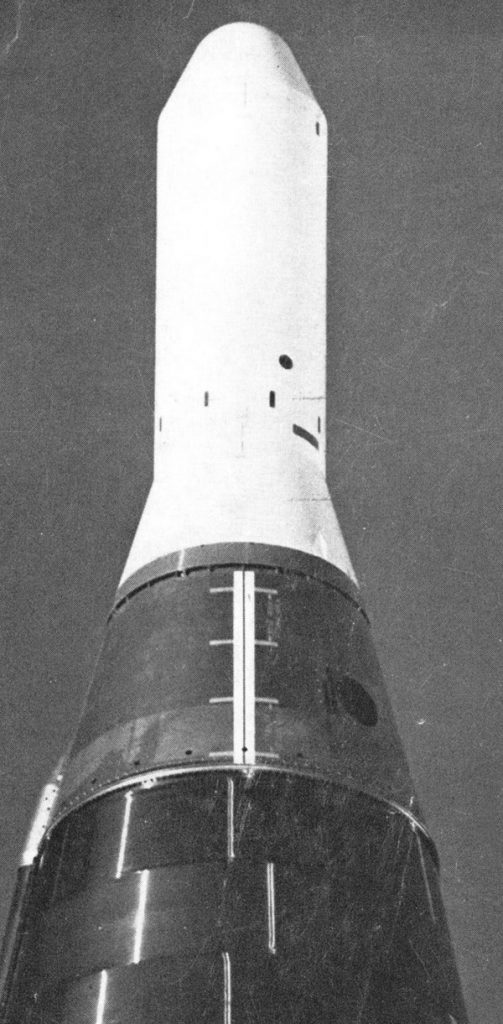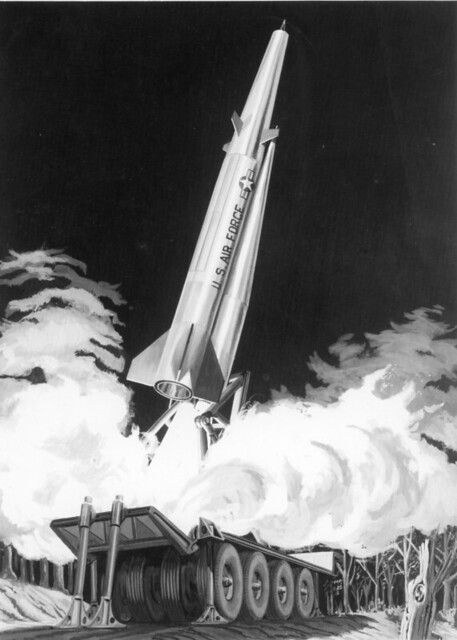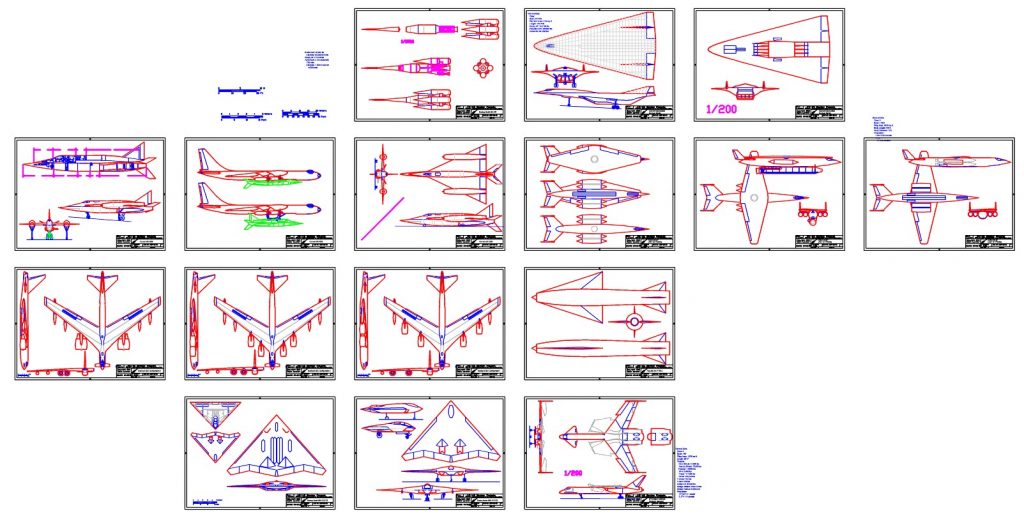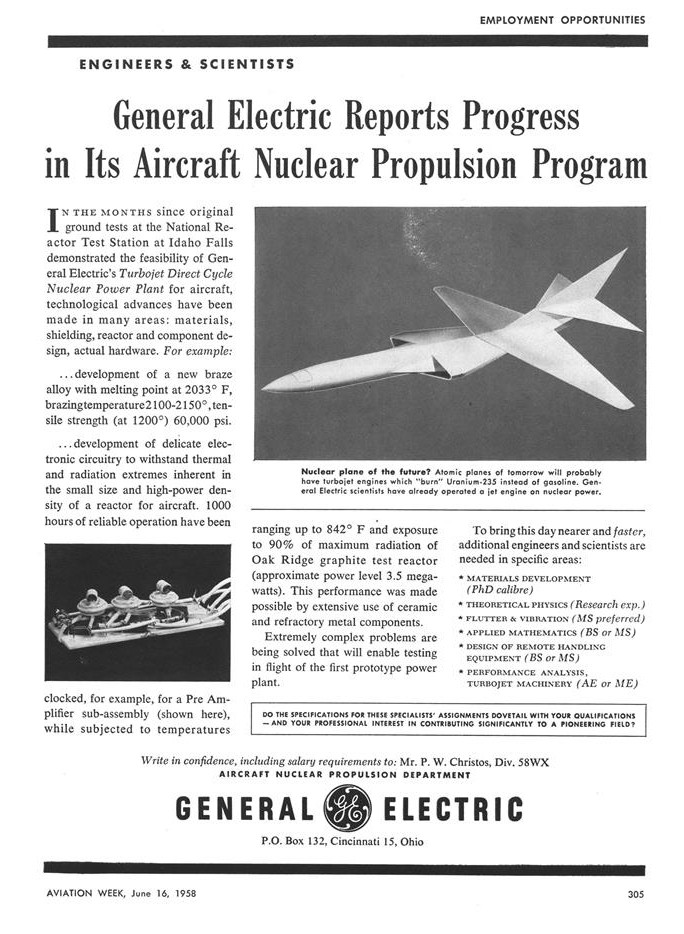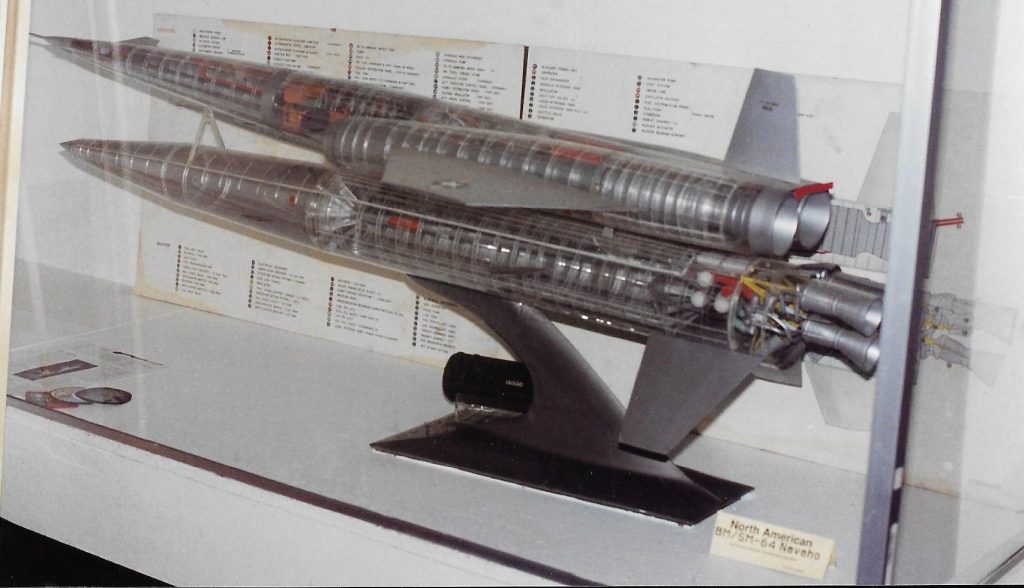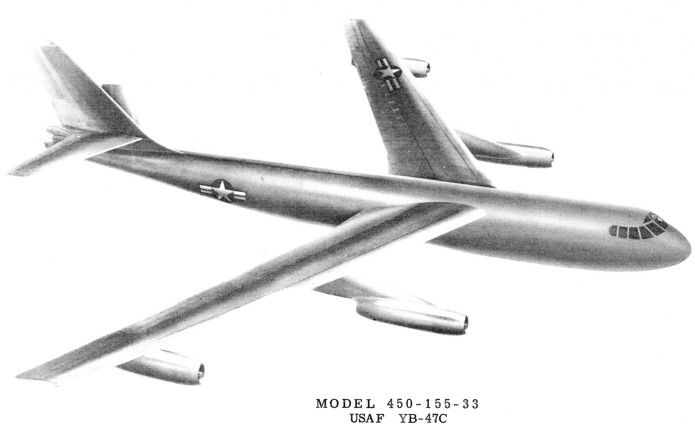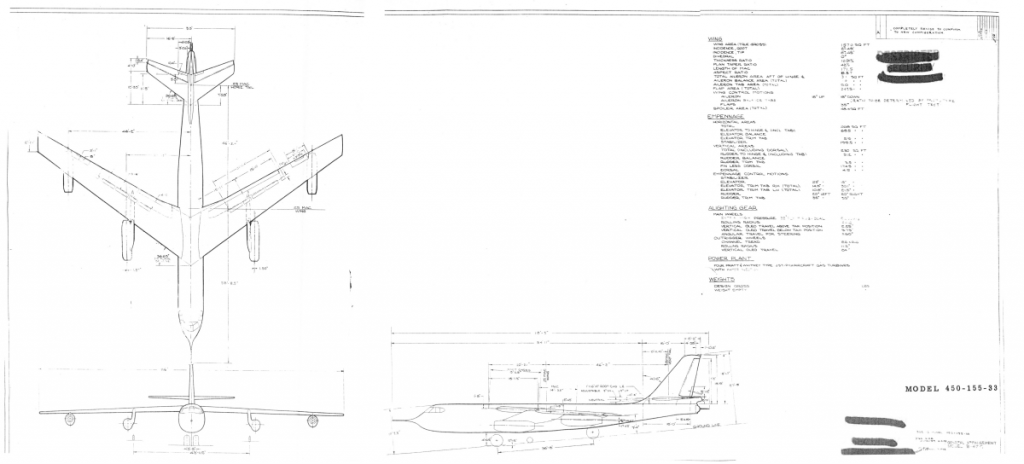US Bomber Projects #22 and Transport Projects #09 are now available.
US Bomber Projects #22
Cover art was provided by Rob Parthoens, www.baroba.be
US Bomber Projects #22 is now available (see HERE for the entire series). Issue #22 includes:
- GD/NASA Mach 5 Cruise Waverider: A 1990’s design very much like the “Aurora”
- NASA SR-2P Dash-On-Warning: a vertically launched ICBM carrier
- Republic MX-773B-2: a two-stage ramjet surface-to-surface missile
- Convair Subsonic Nuclear Carrier Based Aircraft: A miniature naval NX-2
- Consolidated Vultee “Parallel Staged Operational Missile:” an unusual early configuration for the Atlas ICBM
- Convair MX-1626: an early B-36-carried design leading to the B-58
- Boeing B-52X: a trie of layouts for four-engined B-52s
- Boeing Model 988-122/123: A highly maneuverable stealthy flying wing
USBP #22 can be downloaded as a PDF file for only $4.25:
——–
Don’t forget to pick up the previous issue, US Bomber Projects #21…

—
Also available:
US Transport Projects #09
Cover art was provided by Rob Parthoens, www.baroba.be
US Transport Projects #09 is now available (see HERE for the entire series). Issue #09 includes:
- Convair 58-9 SST: A design fora preliminary low-capacity test SST
- Boeing Model 757-3150: An important step in the development of the 747
- Convair Nuclear Powered GEM Aircraft Carrier: a fast long-range strike carrier
- Aero Spacelines “Pregnant Princess:” A jet-propelled Saturn rocket carrier
- Seversky Executive: A 1930’s design for a prop-powered “business jet”
- Williams International V-Jet: A 1980’s concept for a small executive transport
- Lockheed L-152-15: A very early jetliner
- Lockheed Martin 777F-sized Hybrid Wing body: A very recent large and efficient cargo transport
USTP #09 can be downloaded as a PDF file for only $4.25:
——–
—
Don’t forget the previous issue, US Transport Projects #08…

—

